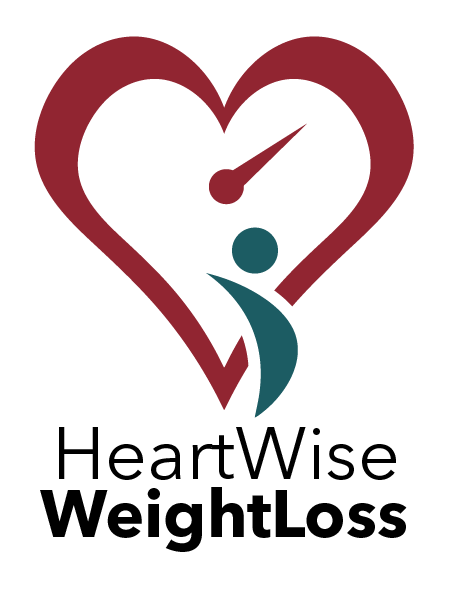I think one of the most important qualities in a good doctor is humility. That can mean a lot of things, but in the context of these posts, I’m talking about being willing to challenge our own assumptions. In my experience, doctors (and people in general) often cling tightly to their beliefs, particularly as the years go by. But a good clinician should always be open to new evidence and willing to adapt their thinking when the data calls for it. None of us enjoys being wrong, yet mistakes are inevitable in medicine—I’ve made them, and I’ll make more. What matters is having the awareness to admit them, reflect, and learn.
So why raise this now? Because when I dig into the research for these articles, I often discover just how much I didn’t know—and in some cases, how much I didn’t even realise I didn’t know (as Donald Rumsfeld famously said!). While preparing for my upcoming series on women’s health in relation to exercise, I had a few moments of realising I’d been pretty ignorant about certain aspects. And honestly, many of the self-proclaimed “experts” online aren’t much better. If I’m learning new things, I hope you will too.
For transparency, I have no financial or commercial interest in the content I share. My background includes a degree in medical research from University College London, and I base what I write on the latest, high-quality evidence.
Now, you might be thinking, “This doesn’t apply to me—I’m not into exercise,” or “I’m a man, so this is irrelevant,” or even “I already run/swim/go to the gym every week, so I’m covered.” My hope is to challenge those assumptions over the coming weeks—there should be something here for everyone.
I’ve said before that women are consistently underrepresented in clinical trials. Too often, the default assumption is that women respond just like men. Yet time and again, when researchers look closely, that turns out not to be true.
So, where do we begin? Let’s start with nutrition—specifically when to eat around exercise, and what the science says about intermittent fasting.
Intermittent fasting and time-restricted eating have become incredibly popular—and in some cultures and religions, they’re routine. I’ve long understood that for many people, these approaches offer benefits: improved insulin sensitivity, reduced diabetes risk, and positive effects on various genetic pathways. A recent meta-analysis in The Lancet (one of the most respected medical journals) pulled together findings from numerous trials—the paper was over 12,000 words long. Do you know how many times the word “woman” appeared?
Eight.
And when women were mentioned, the results weren’t particularly encouraging. Hormonal balance plays a massive role here. Fasting puts the body under metabolic stress, which increases cortisol—the stress hormone. Cortisol already fluctuates throughout the day, peaking about half an hour after waking. If you skip food, cortisol stays higher for longer, which in turn affects other key hormones such as oestrogen, thyroid hormone, and luteinising hormone. These effects also vary depending on a woman’s age and menstrual stage. The bottom line? Women need fuel to align with their circadian rhythm—and that’s very different from men.
It gets worse if a woman exercises first thing without eating. In fact, at any time of day, women benefit from fuelling before exercise—again, unlike men (and I’ll go into more detail on this in later posts). This becomes even more critical with age, especially during perimenopause and post-menopause.
Take my wife, for example—she’s historically skipped breakfast, surviving on coffee and water. She’s also perimenopausal (she’s fine with me sharing that!), and like many women at this stage, she experiences challenges such as brain fog. Research suggests that even a small amount of food early in the day can help, partly by supporting hormone regulation. After we discussed this, she’s now started eating in the morning—and it seems to make a difference.
Plenty to chew on there—quite literally.

